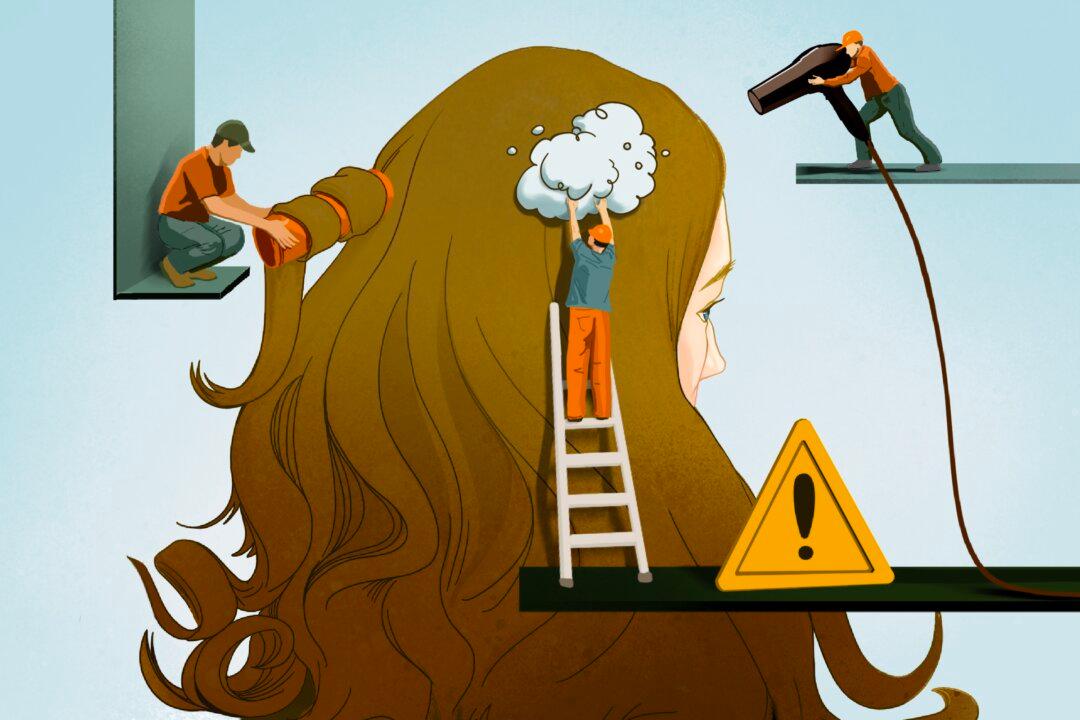Mike Dyson, 33, passed away suddenly on Christmas Day after several drinks, before he even had a chance to open his presents.
Dyson went to his neighbor’s house to drink at 1:30 p.m. After drinking about four glasses of whiskey and some hot water, he lay down on a bed. Everyone thought he was sleeping. It wasn’t until around 7 p.m. that his family members and neighbors discovered to their horror that he was not breathing. So they called an ambulance and gave him CPR at the same time.





